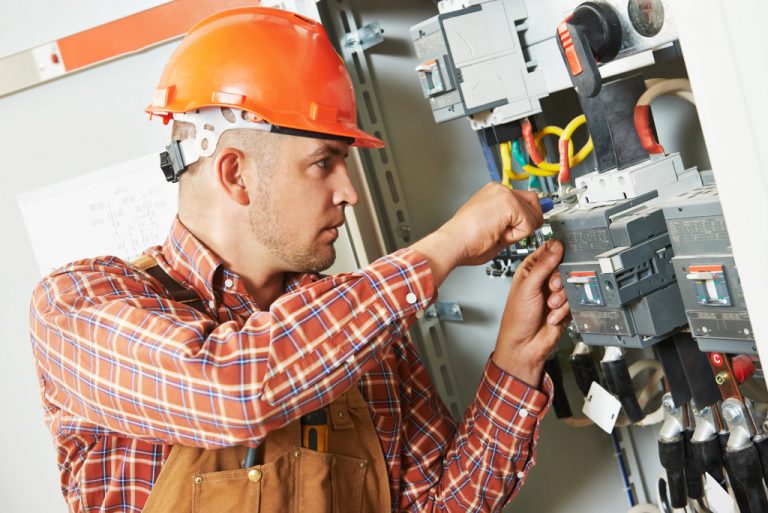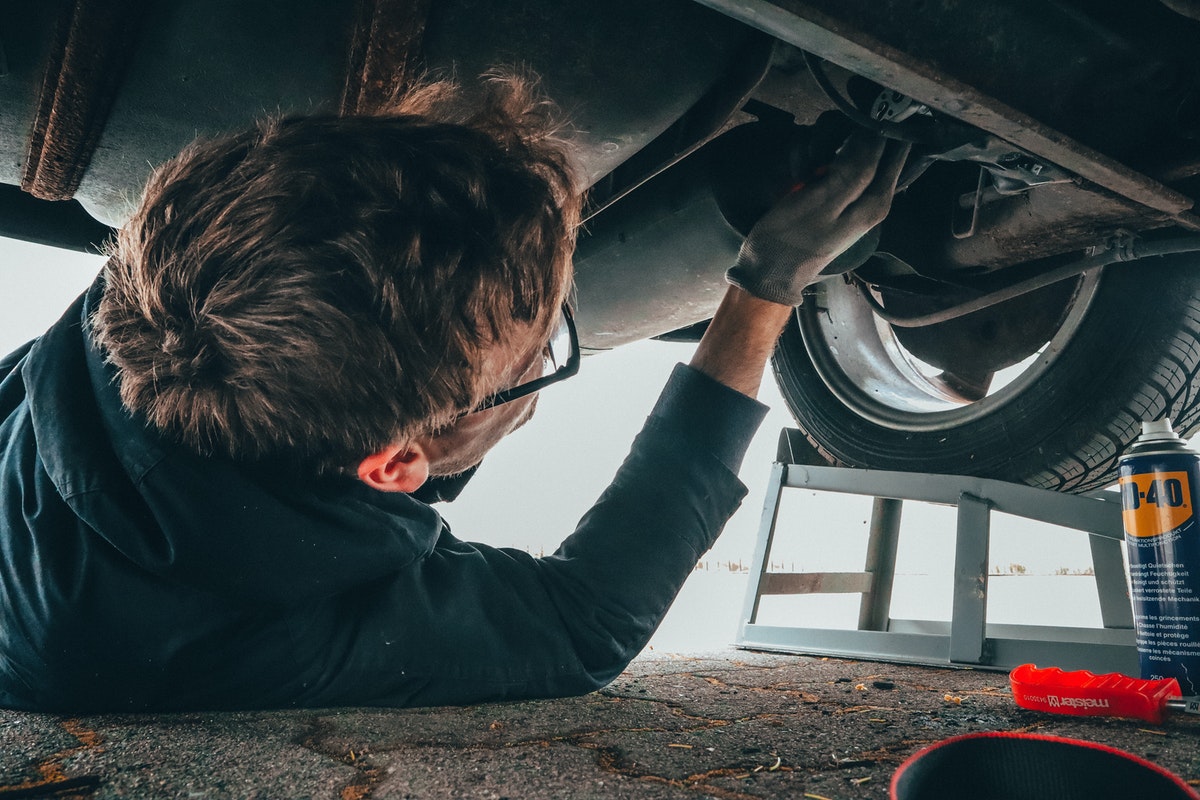A hangar is a home for an aircraft, and the ground support equipment inside is the set of tools that help keep it in good condition. Not only does this equipment keep the aircraft operating smoothly and safely, but it also helps reduce operational costs. This blog post will discuss its main components.
1. Tooling
Tooling encompasses all the various tools used to maintain and repair an aircraft. This includes drills, grinders, riveters, metal cutters, and more. It also includes special tools such as torque wrenches and air-powered ratchets specifically made for aircraft components.
Proper tooling is essential in order to ensure that any repairs or maintenance are done correctly and efficiently. For example, using the wrong size wrench could cause damage to a nut or bolt, or using a drill that’s too powerful could strip out holes.
In addition, tooling can be used to create custom components or special tools that are not readily available in the market. This allows for greater flexibility and customization when it comes to aircraft maintenance and repairs.
2. Cleaning Equipment
Keeping a hangar clean is essential in order to ensure safety during maintenance operations as well as to extend the life of the aircraft components themselves. This means having appropriate cleaning supplies such as mops, rags, vacuums, brooms, and other items on hand at all times.
Many hangars also employ pressure washers for more thorough cleaning jobs on larger sections of the aircraft or even its wings! This is because pressure washers can blast away dirt, grime, and other materials that may have built up over time.
Remember that it’s essential to use the correct type of cleaning supplies for each job. For instance, using abrasive cleaners on aluminum surfaces could cause damage if they are left on too long or used in an incorrect fashion.
3. Aircraft Tugs
Aircraft tugs are durable, motorized vehicles that are used to move aircraft from one spot to another. They come in a range of sizes and power levels depending on the type of aircraft they’re meant to tow. These tugs are essential for moving airplanes around the hangar or onto runways.
For this reason, durable aircraft tugs are necessary to ensure that aircraft can be moved safely and efficiently. This is especially important when it comes to larger, heavier aircraft such as commercial jets. It’s also important to note that some aircraft tugs are powered by gasoline while others may use electric batteries.
The type of tug used will depend on the size and power requirements of the particular aircraft. Also, make sure to follow all safety guidelines when operating an aircraft tug, as these vehicles can cause serious injury if not used properly.
4. Ladders/Platforms
Having proper ladders and platforms available can make maintenance jobs much more accessible by providing access to hard-to-reach areas of an aircraft without having to rely on makeshift solutions such as stacks of boxes or other objects that may not be stable or secure enough for working on an airplane.
Ladders should be inspected regularly for any signs of wear and tear to avoid accidents while working at heights. For example, fiberglass ladders are preferable to wooden ones because they are not prone to rotting or splintering, making them more durable and reliable.
On the other hand, platforms can be used to reach into engines or other tight spaces to perform maintenance tasks that would otherwise be impossible. So make sure your hangar is stocked with suitable ladders and platforms to get the job done safely and efficiently!
5. Electrical Systems
Electrical systems are essential for powering up various components while performing maintenance operations, such as testing avionics systems or running diagnostics tests on engines or other parts of an aircraft’s powertrain system.
Access to portable power packs with varying voltages can help expedite these processes while reducing downtime associated with waiting for outside power sources to become available before work can begin again.
Additionally, many hangars also install permanent electrical systems in order to provide stable, consistent power for the tools and machinery needed during aircraft maintenance operations. This can help reduce downtime due to electrical fluctuations or surges that could potentially damage sensitive equipment.
6. Safety Equipment
Safety is paramount when it comes to working around large machinery like airplanes and helicopters, so having proper safety gear on hand at all times is critical; this includes things like fire extinguishers, safety glasses, hard hats, and gloves just in case something unexpected happens during a repair job or maintenance operation.
Having these items nearby can help minimize potential risks associated with working around large pieces of equipment like planes! For instance, a fire extinguisher nearby can help prevent an unexpected spark from igniting combustible materials.
More importantly, having the proper safety equipment on hand can also help ensure that your workers are safe and secure while performing their tasks. This is especially important when it comes to jobs like painting or sanding that involve working with hazardous chemicals or solvents.
Hangars require a variety of ground support equipment to ensure that aircraft maintenance operations can be performed safely and efficiently. Investing in durable aircraft tugs, reliable ladders and platforms, proper electrical systems, and safety gear is essential for keeping your hangar running smoothly. With the right ground support equipment in place, you can rest assured that your hangar will be adequately equipped to handle any aircraft maintenance needs.





